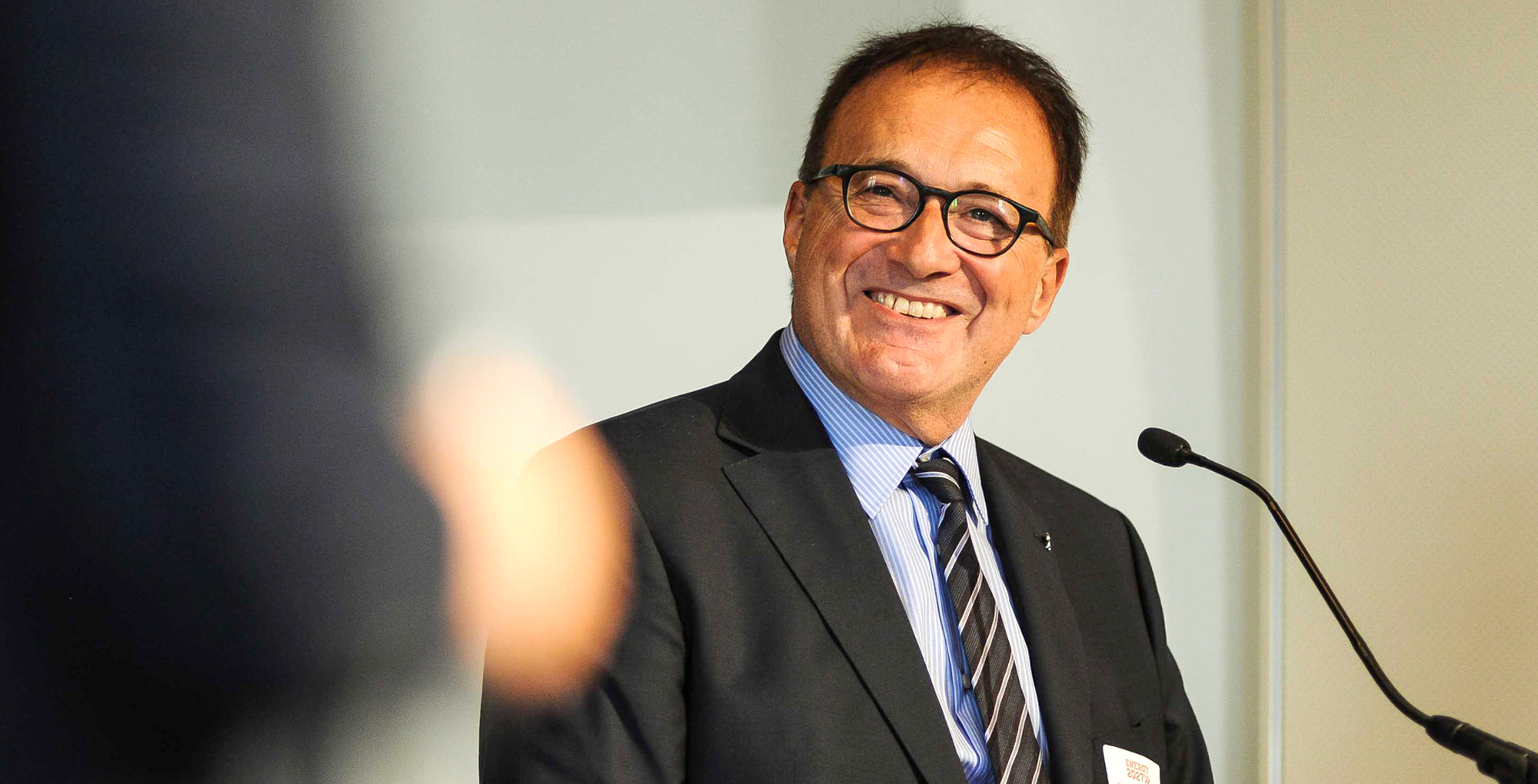
07 Feb Austria is leading the way is renewable energy and innovation
Prof Herbert Lechner, Deputy CEO at the Austrian Energy Agency, predicts a future of change
To begin, could you provide readers with an overview of the Austrian Energy Agency’s operations?
The Austrian Energy Agency offers answers for the future of energy: We provide scientifically founded advice for decision-makers in politics, business and administration. Our mission is to highlight possible ways of achieving a fossil free future and the impact of the energy transformation on business and society.
What is the breakdown of Austria’s energy division: renewables vs. traditional energy?
Renewable energy currently accounts for around 33.5% of energy produced. Around 72% of electricity already comes from renewable energy sources. Austria is front runner in Europe in the electricity sector.
There is a rapid transformation from traditional energy production to renewable sources. What are the most significant challenges?
Indeed – the power sector is in a fast transformation to renewable sources, electricity is more and more „the fuel of choice“. The fluctuating characteristics of renewables require high system flexibility: Balancing massive surplus of generation during summer and energy needed to cover demand during win- ter. Simply put: The challenge is to shift power from summer to winter. An integrated approach is necessary to secure system efficiency. We need more flexibility in our energy system, but we will also need new technologies like power-to-gas.
According to the CEO of Verbund, efficiency, not production, is the future. Do you agree?
I do. Energy efficiency brings many benefits: the reduction of energy consumption results in saving money by lowering the cost of purchasing energy. Most important: reduced climate change impact, but also, improved energy security, reduction of the price risks, less dependency on energy imports etc.
What is Austria’s strategy in electricity?
The Federal Government has set the objective of covering 100 % of total national electricity consumption from renewableenergy sources by 2030.We will have slightly more hydropower, but mainly we have to increase wind powerand photovoltaics. Wind mills will be constructed in the east of the country, andphotovoltaic panels all across Austria.
Austria’s solutions for 100% green electricity can be Europe‘s blueprint to decarbonize the power system.
Green hydrogen is increasingly prominent in manufacture and steel-making, as a coal substitute. What is the future role of green hydrogen?
A very important one, firstly because we need it in the industry itself. Voes- talpine can handle the hydrogen-based steel production technology, but they need green energy. In the future, other industries willuse green energy sources when they decarbonize.
You are also responsible for managing and co- ordinating information and awareness cam- paigns -can you give us some examples?
The best example is klimaaktiv. The primary objective of klimaaktiv is to introduce and promote climate friendly technologies and services. Our “Smart Energy Generation YZ” campaign awareness and encourages young people to take a greater interest in energy issues with games, quizzes and competitions, and a mixture of on and offline activities.
What is your final message to our readers?
It is essential to examine and change the entire energy system in all its complexity. Politics, administration and business must work hand in hand and de- velop goals, strategies and concrete implementation measures for a sustainable transformation of the energy system – also with a view to the opportunities this generates for the Austrian economy. Key topics are flexibility, storage, and an integrated and systemic approach.
Ultimately, the future of energy is all about flexibility and efficiency. The entire system must be balanced to maintain steady production, for which digitalization will be essential. The future will be completely different from the past.

